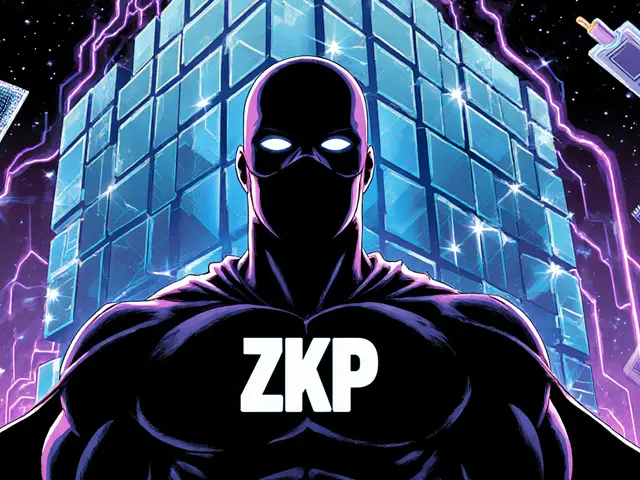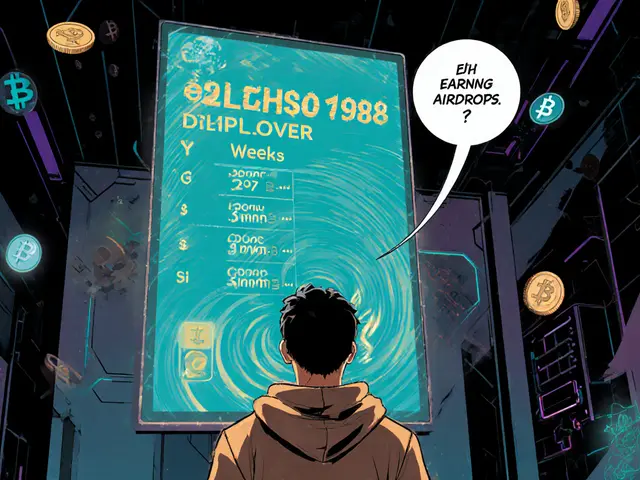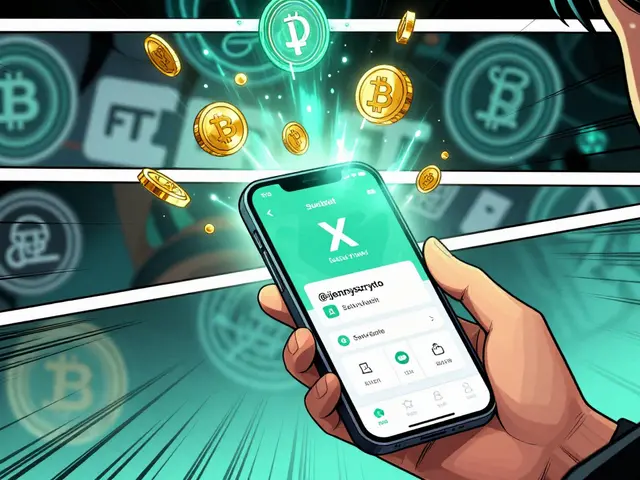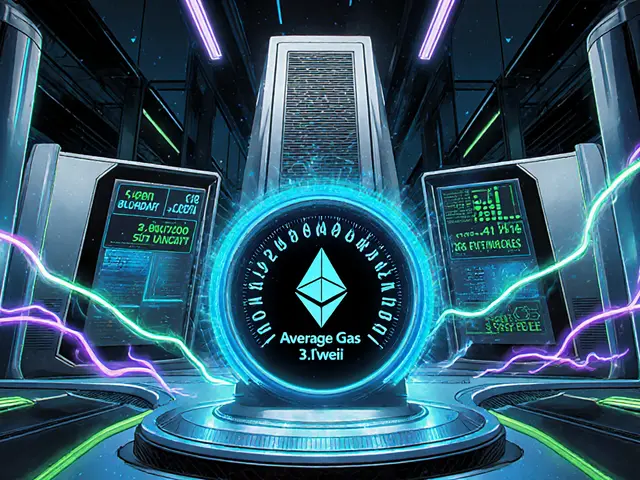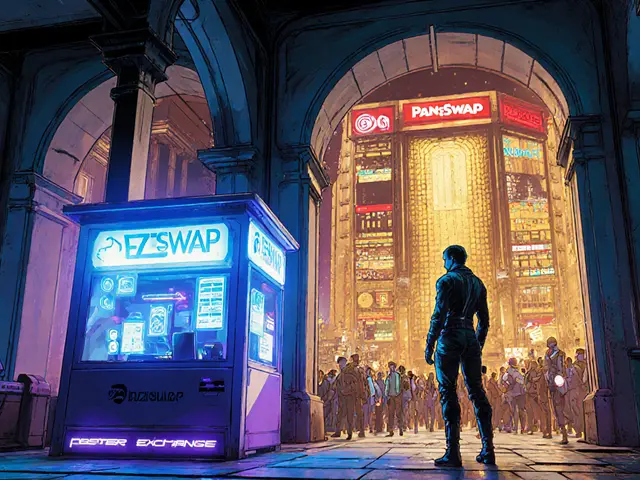KCC Community Chain – All You Need to Know
When working with KCC community chain, a public, EVM‑compatible blockchain created by KuCoin to enable fast, low‑cost transactions for DeFi and dApps. Also known as KuCoin Community Chain, it empowers developers to launch projects without the high fees of larger networks. KCC community chain encompasses a growing ecosystem of tokens, smart contracts, and services that aim to rival Ethereum’s functionality while staying affordable.
Core token standard that powers KCC
The KRC-20 token standard, the KCC equivalent of Ethereum’s ERC‑20 is the backbone for most assets on the chain. It defines how tokens are created, transferred, and interacted with, making it easier for developers to port existing projects. Because KRC‑20 is fully EVM‑compatible, any ERC‑20 contract can be migrated with minimal changes, which speeds up adoption. In practice, KRC‑20 requires a simple smart‑contract interface, and its low gas fees mean users can swap or stake tokens without worrying about costly transactions.
Beyond the basic token type, the KCC ecosystem supports KCC DeFi ecosystem, a collection of lending, borrowing, yield‑farm, and DEX platforms built on KCC. Projects like KuSwap, Jetfuel, and MDEX leverage KRC‑20 to offer users decentralized trading with sub‑cent gas costs. This ecosystem thrives on the chain’s high throughput, allowing thousands of transactions per second, which is essential for liquidity pools and fast order execution. The DeFi layer also brings staking rewards, liquidity mining, and governance tokens that let participants shape the future of the network.
Interoperability is a key driver for KCC’s growth. The cross‑chain bridges, tools that connect KCC with other blockchains like Ethereum, BSC, and Polygon enable assets to move freely across ecosystems. These bridges reduce friction for users who want to leverage KCC’s low fees while still accessing services on larger chains. By linking liquidity pools and token standards, bridges influence KCC adoption and expand its market reach. They also support wrapped tokens, so an ERC‑20 asset can exist as a KRC‑20 counterpart, opening arbitrage and yield opportunities that benefit traders.
Looking ahead, KCC’s roadmap includes upgrades to its consensus mechanism, enhanced privacy features, and more robust developer tooling. Governance proposals, often submitted by token holders, shape protocol parameters such as block time and fee structures. As the community grows, we’ll see more niche applications—gaming, NFTs, and real‑world asset tokenization—take advantage of KCC’s fast, cheap infrastructure. Below you’ll find in‑depth analyses, exchange reviews, airdrop guides, and practical tips that together paint a full picture of what the KCC community chain offers today and where it’s headed.
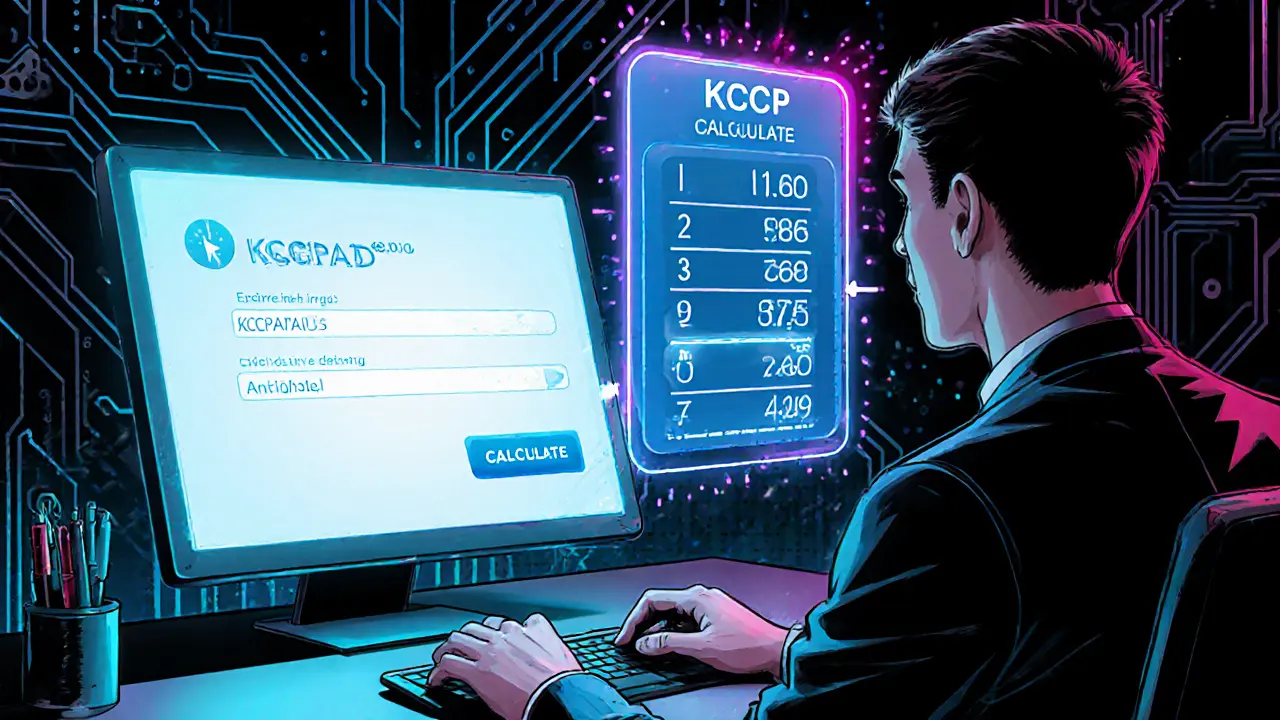
Discover the full KCCPAD airdrop details: eligibility, claim steps, vesting schedule, risks, and a quick comparison to typical launchpads. Get the 2025 guide now.
Continue Reading

